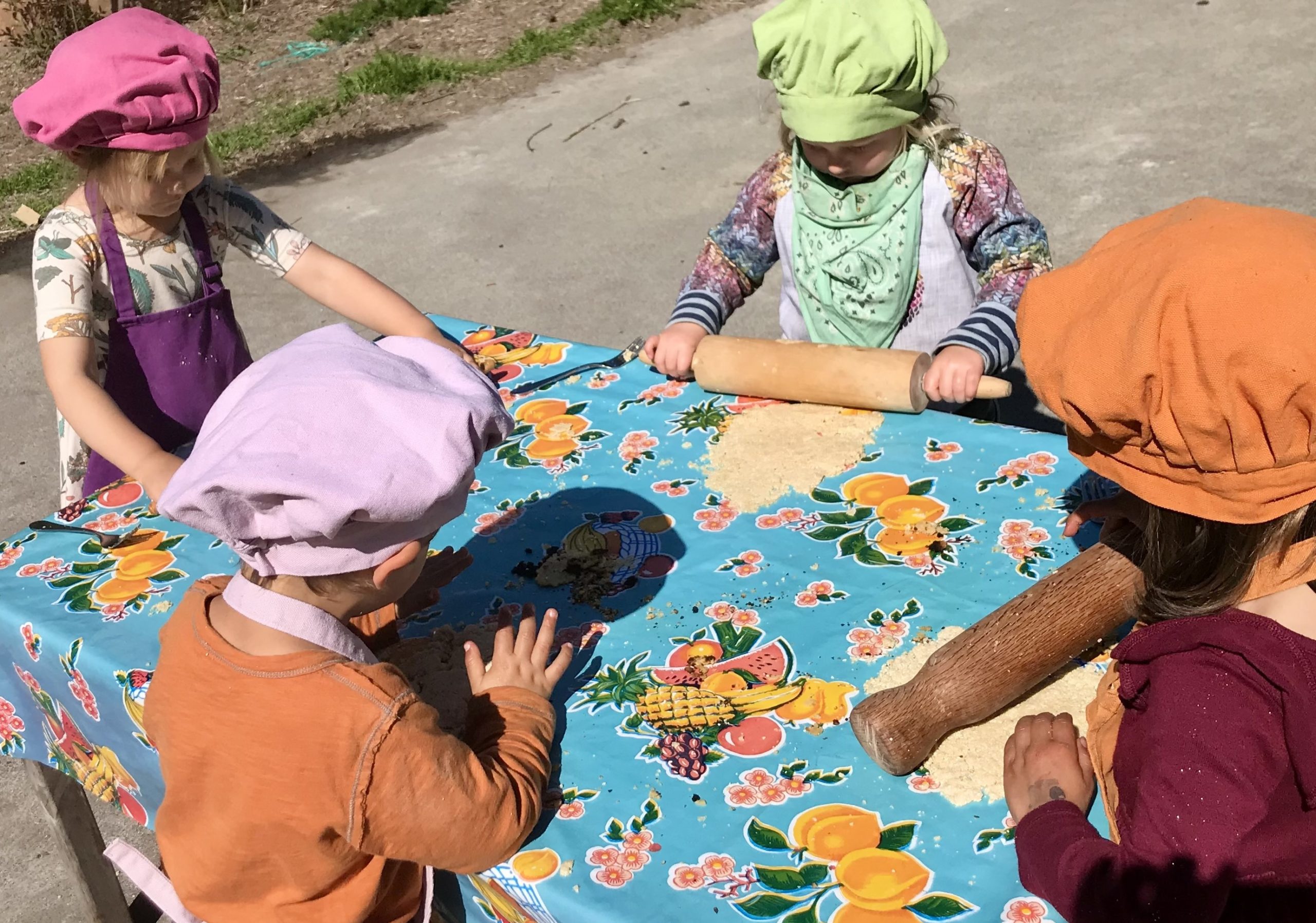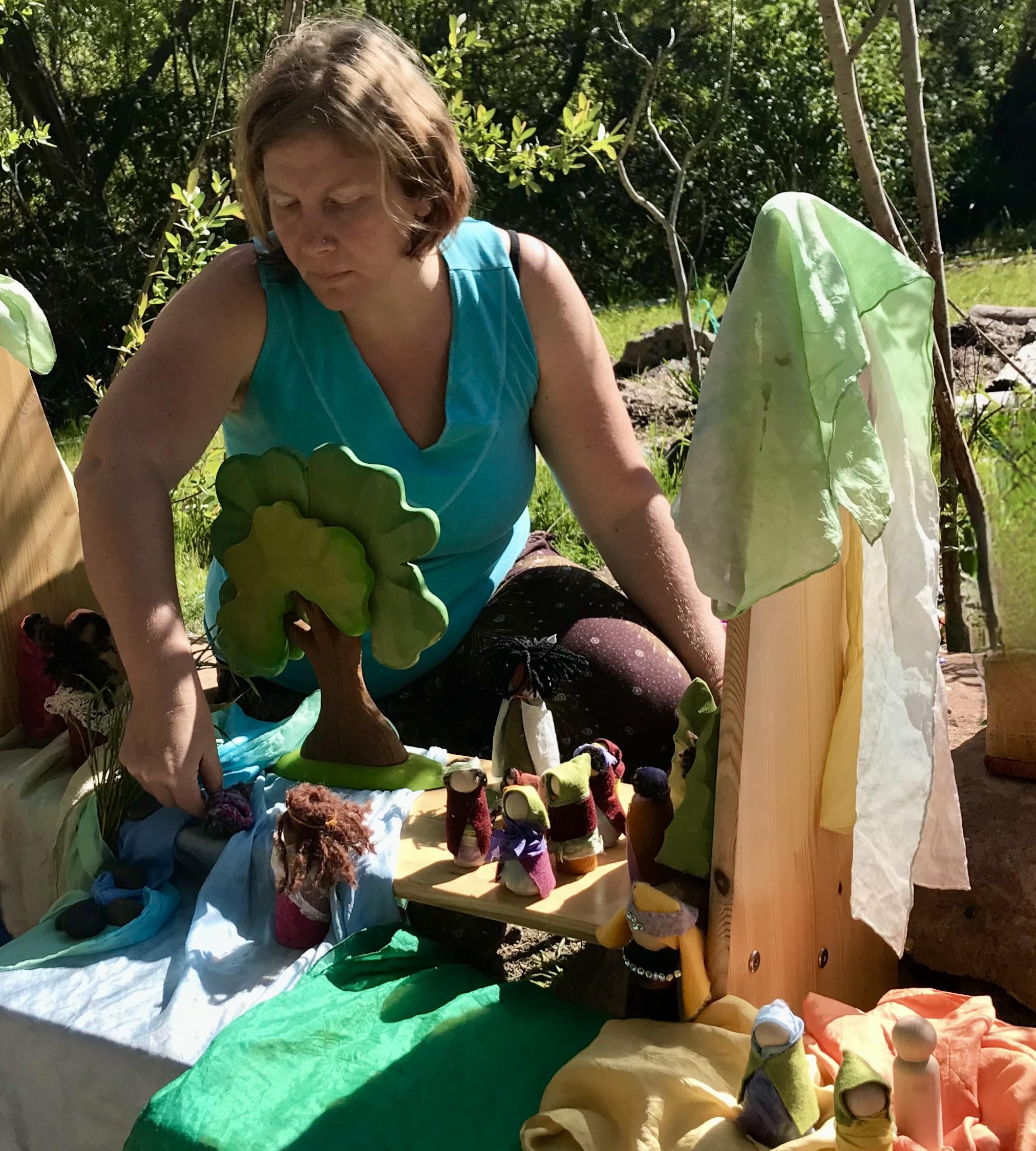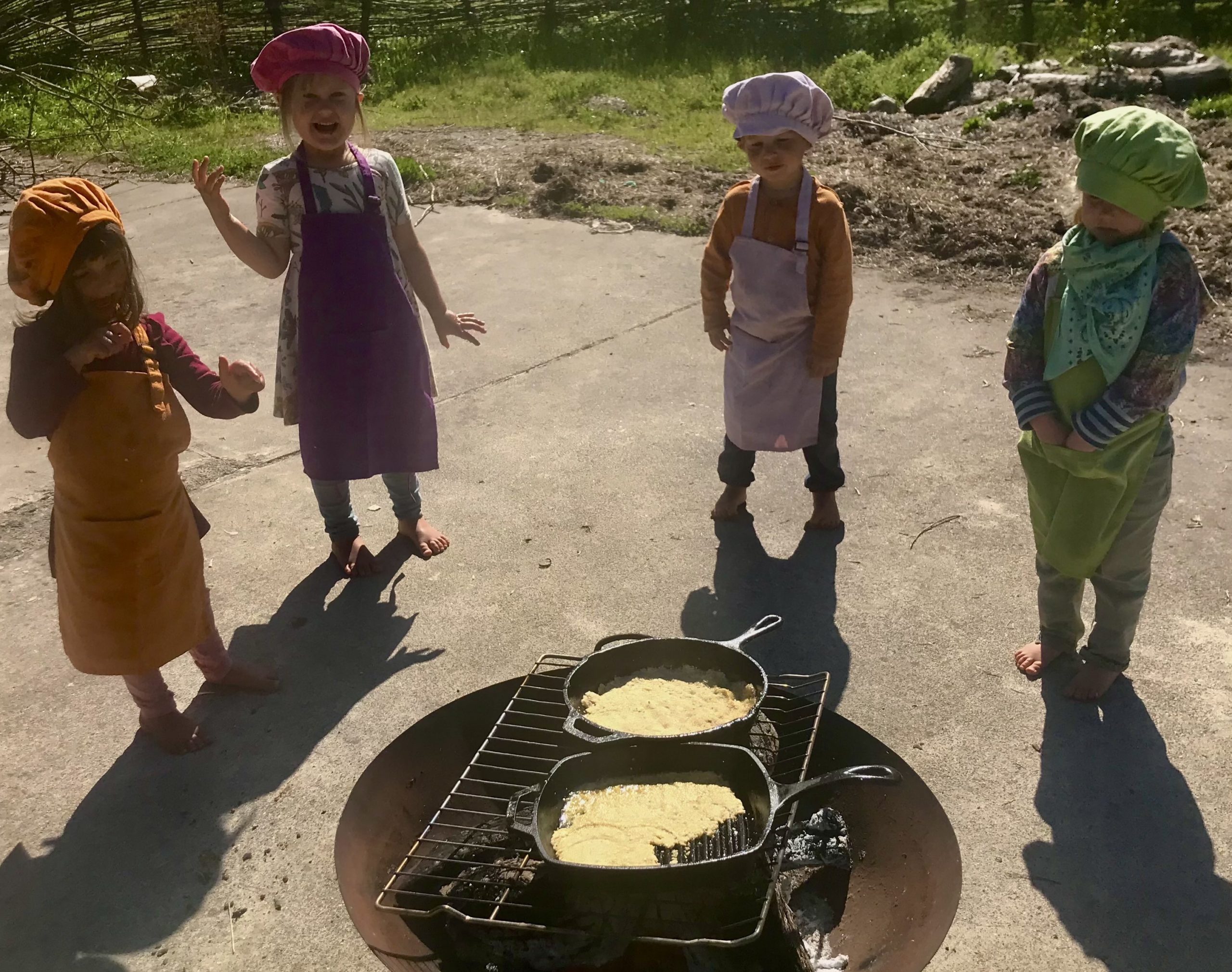April 10, 2022

PASSOVER AT KULANU PLAYGARDEN
From Yael Raff Peskin
At its core, Judaism is an oral tradition, where stories are treasured and passed on from one generation to the next — l’dor v’dor. The story of the Exodus–from slavery to liberation–is the core story we tell and re-tell. It is THE story of the Jewish people. And it is a story for all peoples who long to journey from places of constriction to experience expansiveness and freedom. While the Exodus story tells a historical tale, the Jewish mystics invite us to reflect on how this arduous, hopeful arc–from narrowness to spaciousness–lives in each of us. And how this journey continues throughout our lifetimes.
On Passover, families and Jewish communities gather for Passover Seders to re-tell the Exodus story and to engage in rituals that bring the story alive.
There are many resources of beautifully creative and deeply inspiring haggadot (seder booklets), including ones I have put together myself for families with young children. But I encourage parents to take some time to set aside the scripts and share stories with your children from your own hearts; to use the Exodus story and its archetypal characters as a springboard to share your own stories with your children in a scared context–to share your experiences, your insights, your wisdom, your values, your longings, your perspective at this stage of your life’s journey–looking back and looking forward.
The Exodus story can also be a valuable resource for healing intergenerational trauma. The seder offers us a chance to re-tell the story each year in a new light, informed by our own personal experience and our family’s experiences, and also, what is going on in the world. To make the story relevant and important for ourselves and our children. To take our mythic stories and turn them into a healing balm. To open to the depths of our heartache and the pain we have lived through and to emerge with renewed energy and hopefulness. To move from our small, rational selves to connect with our larger holiness and all that is sacred. To move from feeling miered down to envisioning a path forward.
This is the spirit I connect with in sharing the Passover story with the KULANU Playgarden children. I try to shine a light on the different aspects of the characters in the Passover story so that the children feel that all the parts of themselves are honored and celebrated–the kind and generous parts, and also the bossy and “mean” parts. I try to hold up models we aspire to emulate and also imperfect models that reflect how we might act when we feel overwhelmed, scared, angry, disappointed, confused or just plain tired. For me, this is one of the many gifts of Jewish tradition that I treasure — that our role models are all flawed, that we don’t have any examples of perfection. Bringing my own Zen mindfulness perspective to Jewish stories as well, helps me offer compassion to characters (such as Haman and the Pharaoh) who, in the mainstream telling of these tales, are most often portrayed as evil villains with no redeeming qualities whatsoever.
It is my hope to offer children a perspective of the truth, beauty and goodness that lives in the world and in each person; to offer them tools to meet disappointment and frustration when they may encounter it; to plant seeds of anti-bigotry that will fortify them to fight racism, sexism and social inequities as they grow; to arm them with a passion for justice for all peoples; and to share ways we can cultivate compassion for all beings, mostly especially for themselves.

Click here to read a version of the Passover story that includes what I share with the KULANU Playgarden children over the weeks leading up to Passover. On different days, I highlight different parts of the story so that, by the time Passover comes and the children participate in their family seders, they have already talked about many of the parts of the Exodus story in considerable depth.
In my discussions with the children, we focus on what it means to be strong and compassionate like Miriam and Moshe and the midwives, Shifra and Pu’ah; what it takes to be brave like Nachshon; what could possibly give rise to someone acting in mean ways like the Pharaoh–from being tired, not having enough sleep or water or good things to eat; not spending enough time outdoors or getting enough exercise … to not having parents or teachers who were kind and loving; not having friends who were generous or playful; being treated in mean ways and then acting mean to others …
I do not talk about killing at all with the young children within the context of any Jewish stories. I try to frame the stories in such a way so that when the children are older and learn more details about the stories, they will fit in with the foundation that has been laid. In the Passover story, I talk about “sending the babies away” without going into any further explanation.
Last year, each child at KULANU Playgarden chose a character from the Passover story, and their parents felted beautiful dolls for us to use in telling the story at our Passover celebration. These beloved felted dolls not only helped the Passover story come alive for the children in a vivid and meaningful way, they brought the Passover story into the children’s hearts.
It is my hope that the stories we tell our children–and the ways the stories are told–will plant seeds of compassion and growing understanding for the struggles and challenges of all people to be free. May our children be inspired to join in the continuing journey towards freedom for all peoples, making the world a safer and saner place for everyone. May liberation and justice fill the land during this Passover season, and may all who dwell on earth know peace.
